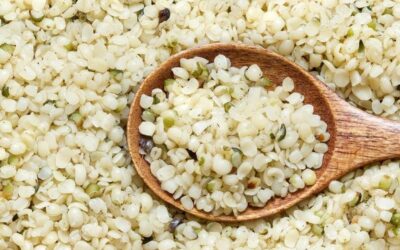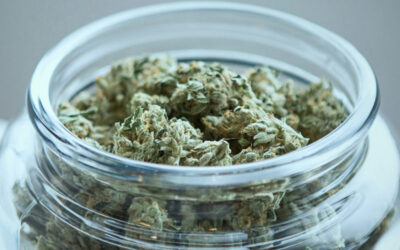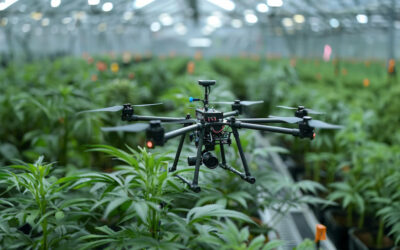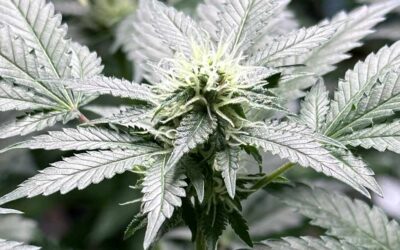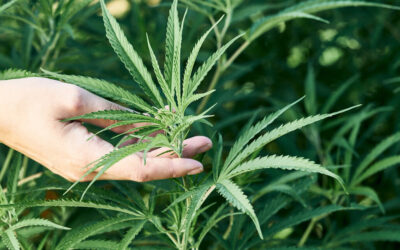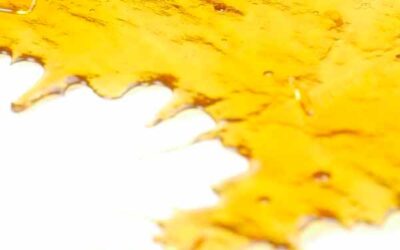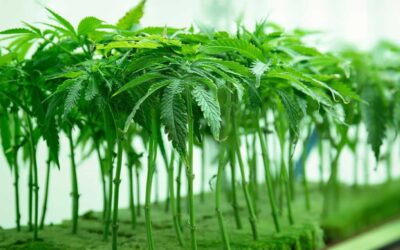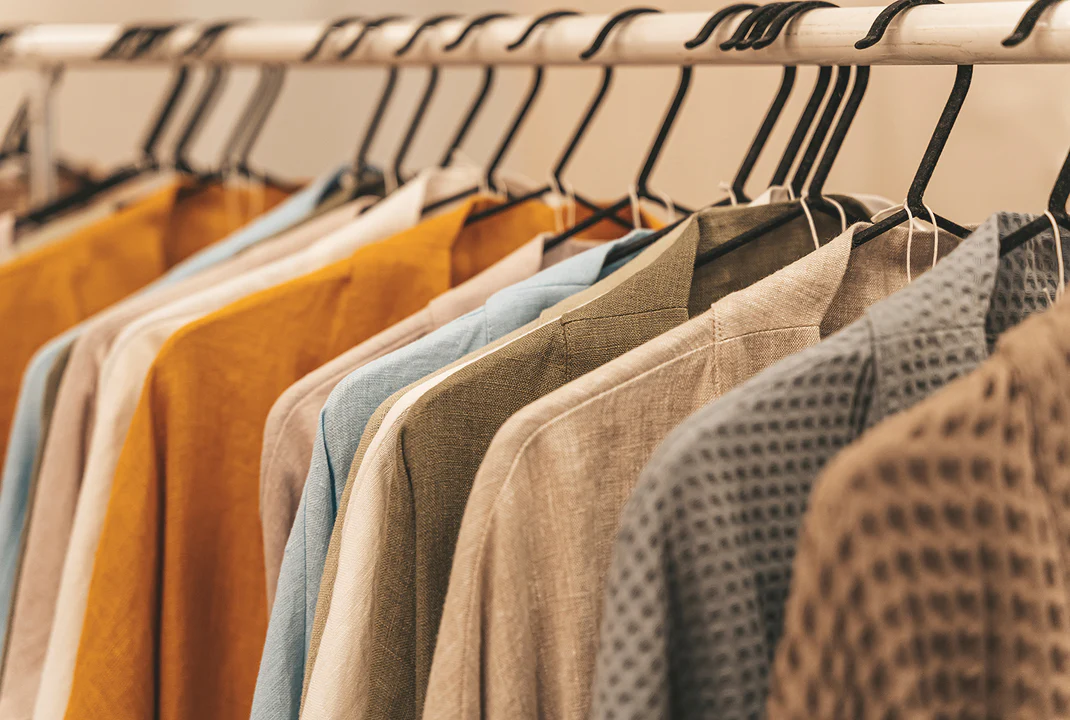
Hemp For Clothing
Hemp has been used to make clothes for thousands of years. In fact, the oldest known carbon-dated example of hemp cloth is from 10,000 years ago. It was discovered by archaeologists in the Ancient Mesopotamia region, now known as Iran and Iraq.
Modern-day hemp clothing has come a long way since then, the fibers in today’s finished product are no longer coarse and hard. With proper processing, hemp can be made to be softer than cotton. It can also be x8 stronger and X4 times more durable than cotton.
Being a naturally moisture-wicking & odor-resistant fabric means that hemp can absorb up to 20% of its own weight while still feeling dry to the touch. This is vital for fabrics that are in contact with our skin, perspiration and moisture are quickly absorbed and released leaving the wearer dryer, odor free, and more comfortable.
There are many advantages to wearing Hemp, it is highly resistant to mold, mildew, salt water, and rotting, making it ideal for humid climates or traveling.
Researchers have identified hemp’s potent activity against specific bacteria (including MRSA and E. coli) and fungal strains, as well as possessing a broad spectrum of antibacterial activity. Hemp makes for healthier clothing. These hypoallergenic qualities make hemp great for sensitive skin and allergies.

Hemp Legal Again
The development of hemp as a fabric suffered a major setback when in September of 1937 Hemp was banned by Congress in the United States as part of the war on drugs.
Luckily, the world learns from its mistakes, and in 2014, President Obama signed a version of the farm bill that established the Hemp Pilot Program, allowing certain research institutions to cultivate and study Hemp. And finally, in 2018, Hemp was officially legalised again in the United States. The future for Hemp looks bright, which is great news for the planet.

